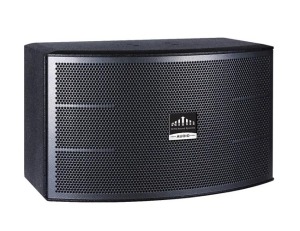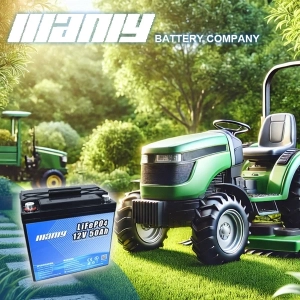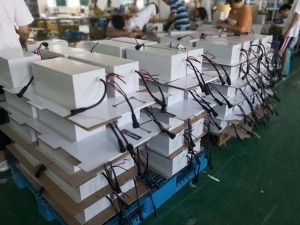Grundlagen zum Anschluss von Schiffsbatterien 2024
Inhaltsverzeichnis
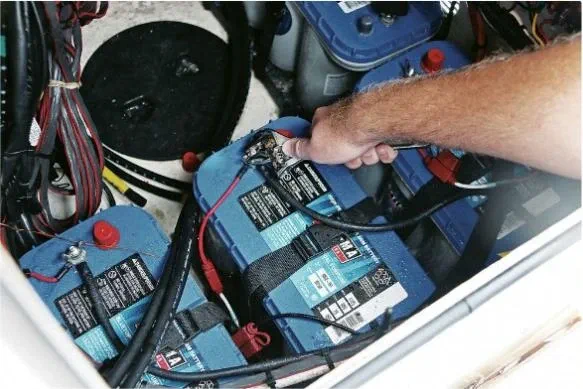
Wichtige Tipps zum Anschließen Ihrer Schiffsbatterie
Selecting the right marine battery involves several key factors. Firstly, it's crucial to consider the Cold Cranking Amps (CCA). This term indicates a battery's ability to start an engine in 0-degree Fahrenheit weather for 30 seconds. To ensure your engine fires up in cold conditions, your marine battery should have a CCA higher than what your engine requires. Marine Cranking Amps (MCA) is another essential aspect, which helps determine the power necessary to start boat engines.Another important factor is the conductor gauge. This needs to match your battery's size for safety and efficiency. Mismatched gauges and batteries can lead to potential safety risks due to different maximum amp draws.Lastly, the sizing of your circuit breaker is vital. This device, like a circuit breaker, must be suited to your trolling motor's specifications. This ensures your boat's electrical system remains safe and reliable, particularly on long boating journeys.By understanding these key points, you can make a more informed decision when choosing a Schiffsbatteriefür Ihr Schiff.Bootsstrom: Tipps zum Anschluss von Schiffsbatterien
When it comes to ensuring your boat is ready for the waters, knowing how to connect a marine battery correctly is pivotal. In this comprehensive guide, we dive into the essential tools and techniques required for an effective marine battery setup. From selecting the right type of batteries to understanding the intricacies of series and parallel wiring, this guide covers all you need to know to empower your marine adventures. Whether you're a seasoned sailor or new to the nautical world, mastering the art of connecting marine batteries is a skill that will enhance your boating experience, ensuring safety and reliability on the open seas.Unverzichtbare Werkzeuge für den effektiven Aufbau von Schiffsbatterien
Before you start installing your marine battery, it's important to gather the right tools. This will make the installation process smoother and safer. You'll need a few key items:- Lithium-Schiffsbatterien: Beginnen Sie mit zwei hochwertigen Lithium-Marinebatterien für ein zuverlässiges Dual-Setup. Diese Batterien eignen sich perfekt für Meeresumgebungen und liefern langanhaltende Energie.
- Verbindungskabel: Get several cables to link the marine batteries with your boat's start bank terminals. It's important these cables are durable and suitable for marine conditions.
- Kabelschneider und Schraubenschlüssel: Ein guter Kabelschneider ist unerlässlich, um Kabel auf die richtige Länge zu kürzen. Außerdem ist ein verstellbarer Schraubenschlüssel erforderlich, um sicherzustellen, dass alle Verbindungen fest und sicher sind.
- Schutzfett: Das Auftragen von Fett auf die Anschlüsse und andere elektrische Teile Ihres Bootes ist ein Muss. Dies schützt vor Korrosion und verlängert die Lebensdauer Ihrer Schiffsbatterie.
- Swagging-Tool: Dieses Werkzeug ist praktisch, um sicherzustellen, dass die Schläuche fest an den Lötverbindungen sitzen und alles sicher an Ort und Stelle bleibt.
Reihenschaltung für Hochleistungs-Schiffsanwendungen
When it comes to powering large boats or using large inverters, the series wiring method is often the best choice. This section will guide you through the basics of setting up a series wiring system for your marine batteries.Reihenschaltung verstehen: In a series wiring setup, you can use 2 to 4 batteries. It's important that these batteries are alike in age, size, type, and brand. When you connect batteries in series, their voltages add up. For example:- Ein 24-Volt-System kombiniert zwei 12-Volt-Deep-Cycle-Batterien.
- Für 36 Volt verwenden Sie drei 12-Volt-Batterien.
- Und ein 48-Volt-System erfordert vier 12-Volt-Batterien.
Parallelverkabelung: Steigerung der Batteriekapazität in Schiffsanwendungen
Parallel wiring is a great way to increase the capacity of your marine batteries while keeping the voltage steady. This section explains how parallel wiring works and how to set it up for your marine batteries.So funktioniert die Parallelverkabelung: In a parallel setup, the total amperage of your marine batteries increases, leading to longer battery life. It's essential to use batteries that are similar in age, size, type, and brand. This uniformity ensures the system works efficiently.Parallelverkabelung einrichten: Um Ihre Schiffsbatterien parallel zu verkabeln, gehen Sie wie folgt vor:- Verbinden Sie ein Kabel vom Pluspol einer Batterie mit dem Pluspol einer anderen.
- Machen Sie dasselbe mit den Minuspolen: Verbinden Sie den Minuspol einer Batterie mit dem Minuspol der anderen.
- Schließen Sie abschließend an einer der Batterien ein Kabel an den Pluspol und ein anderes an den Minuspol an.
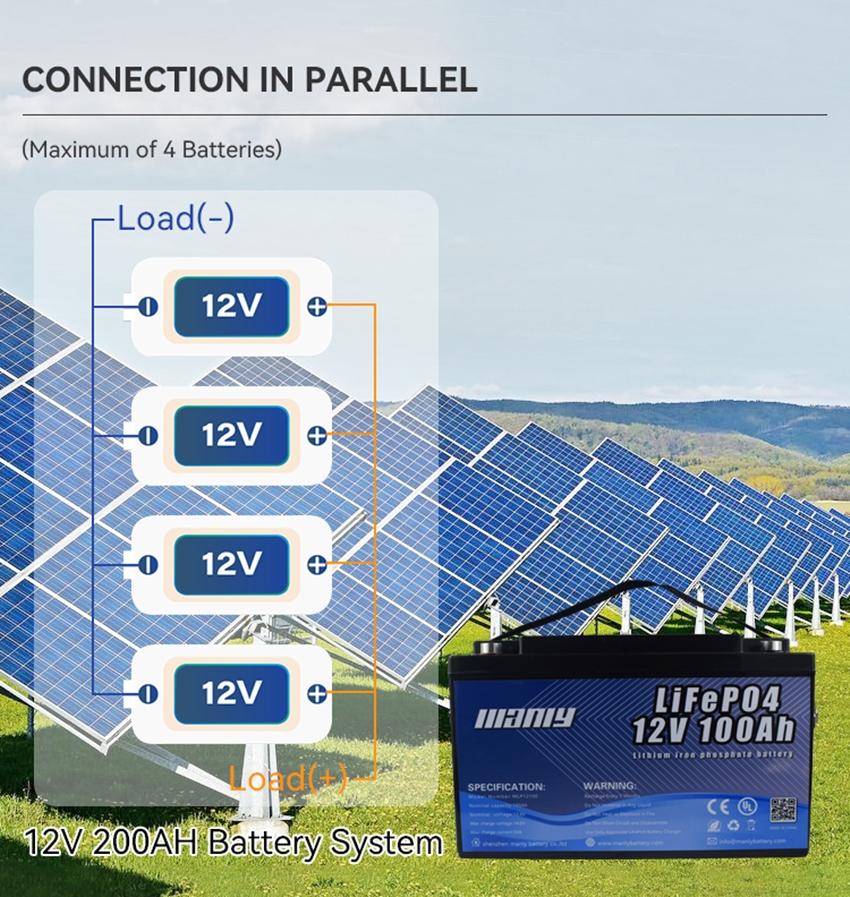
So schließen Sie Ihre Schiffsbatterien sicher an
Connecting wires to a marine battery is an important task. You can connect wires to a battery in a few ways. One way is using a solid metal post where you tighten a clamp connection. Another way is by using a threaded post (sizes 1/4 inch, 5/16 inch, or 3/8 inch) where you secure ring terminals with a nut. You might also use bolts to tighten over ring terminals.When installing marine batteries on a boat, it's key to tighten nuts onto these threaded posts using a tool. There are two steps to picking the right connector:- Finden Sie die richtige Passform: Schauen Sie sich zunächst die Größe des Batteriepols an. Wählen Sie einen Steckverbinder (entweder eine Klemme oder einen Ringkabelschuh), der dieser Größe entspricht.
- Die Drahtgröße ist wichtig: Next, consider the size of the wire you'll connect to the battery. Make sure the ring terminal you select fits both the battery post size and the wire size.

